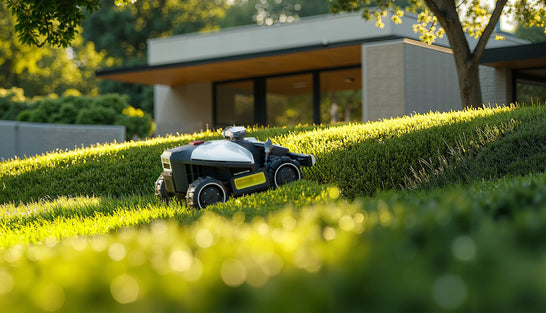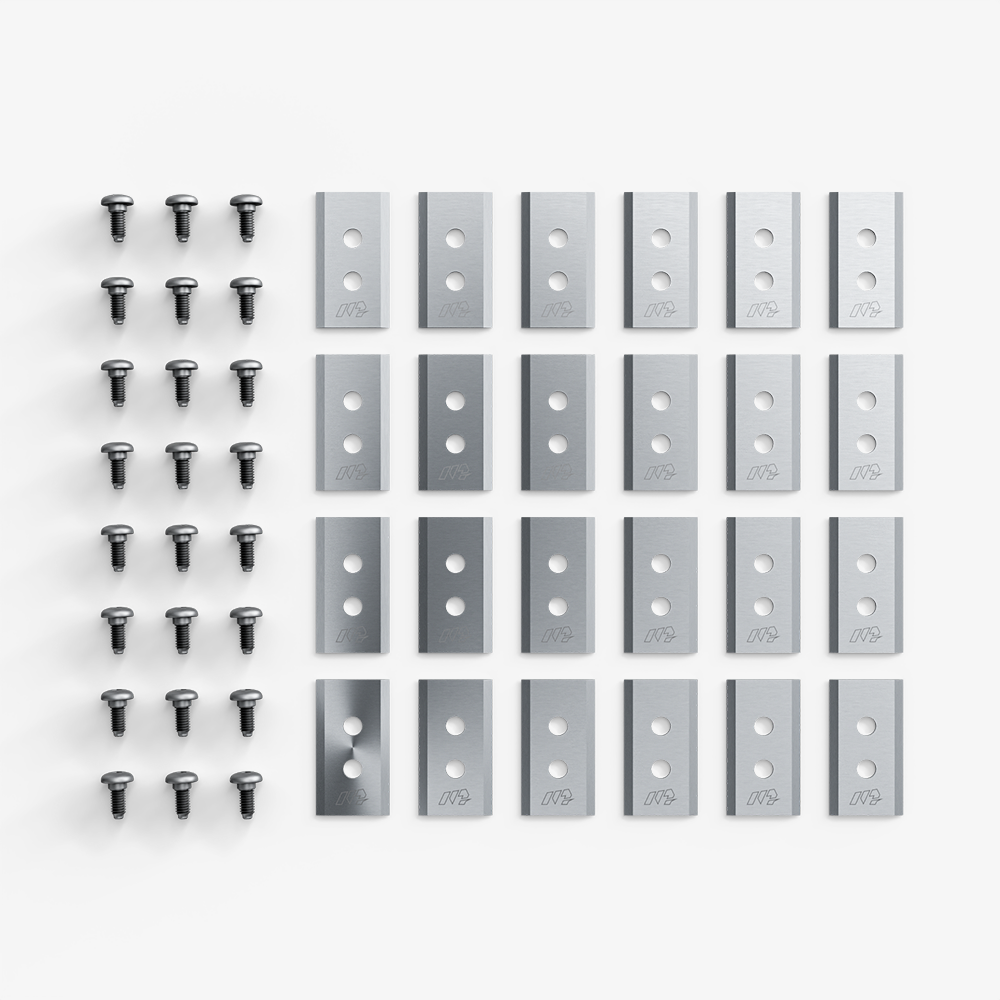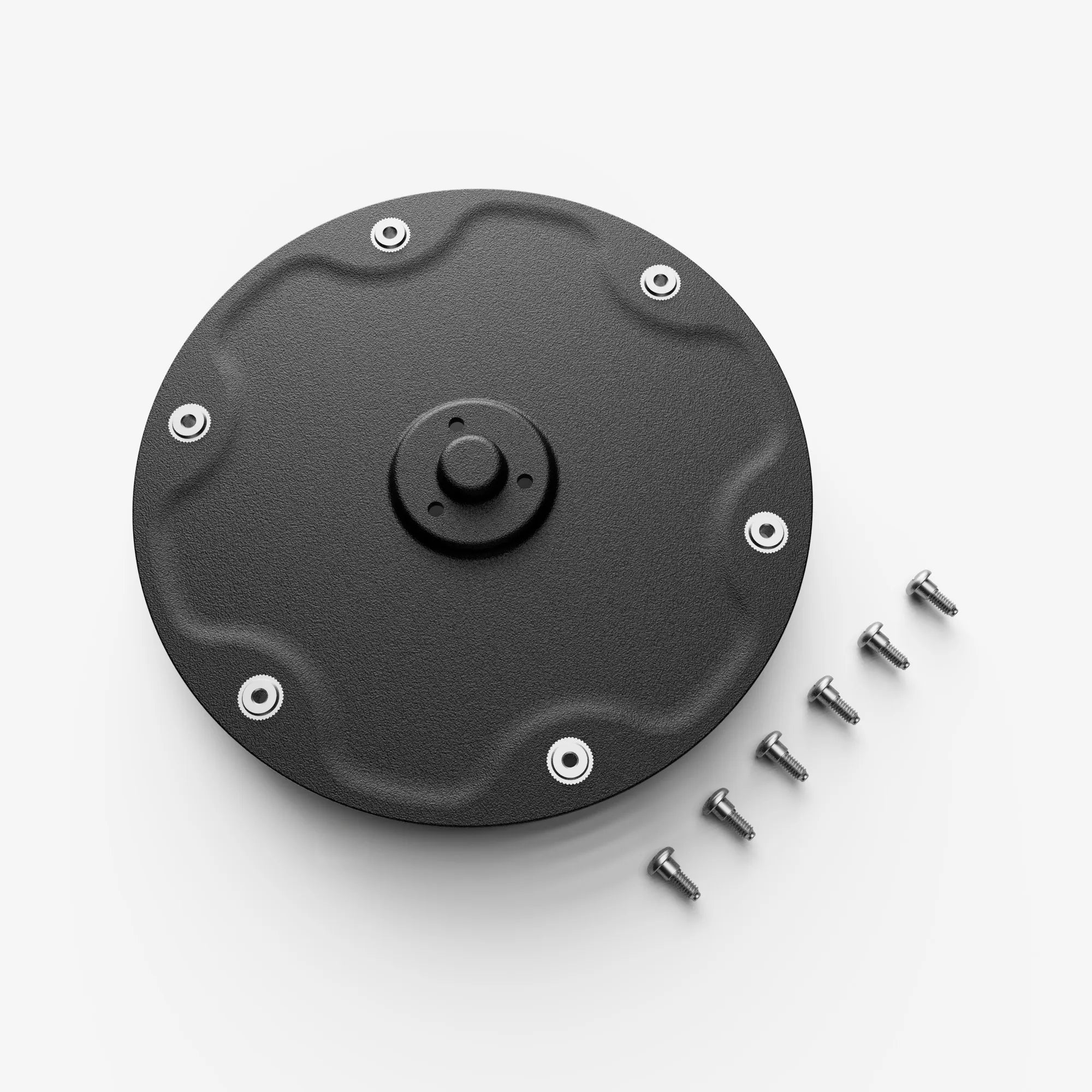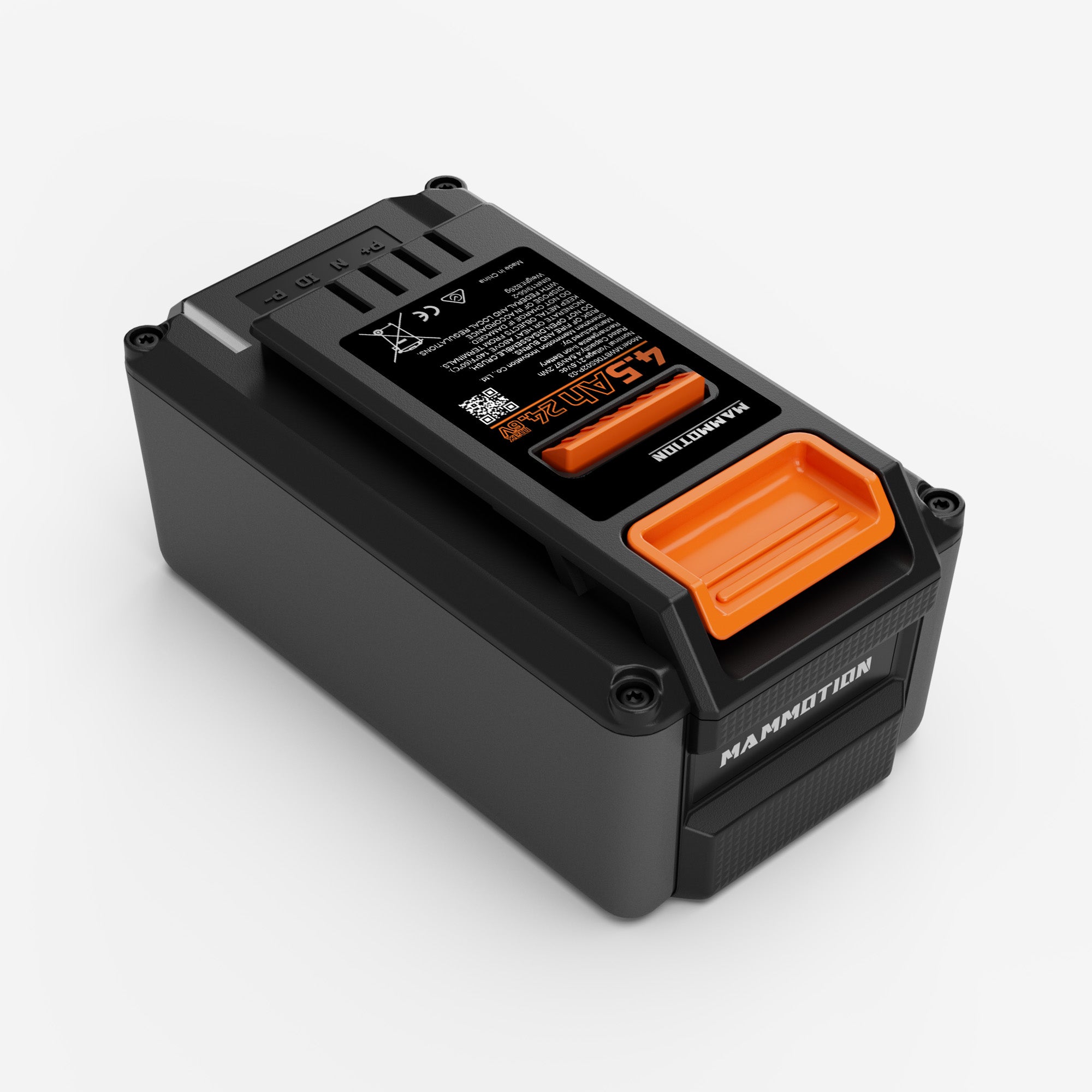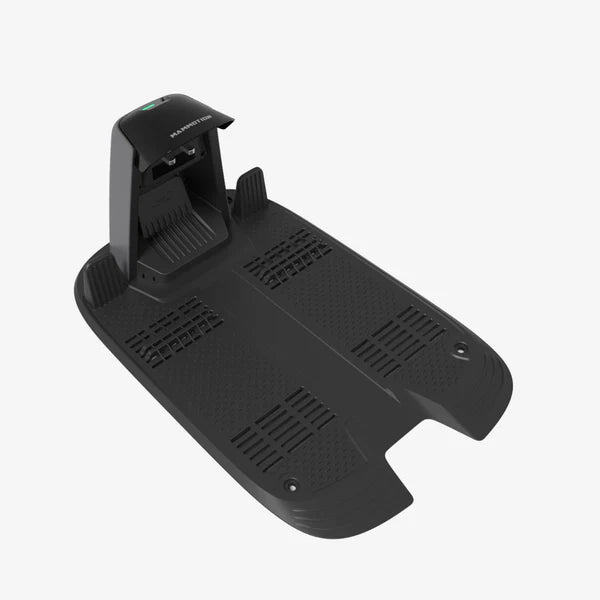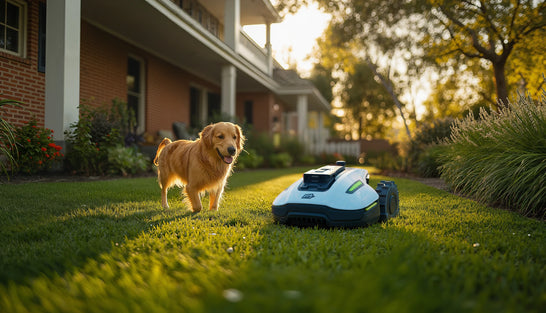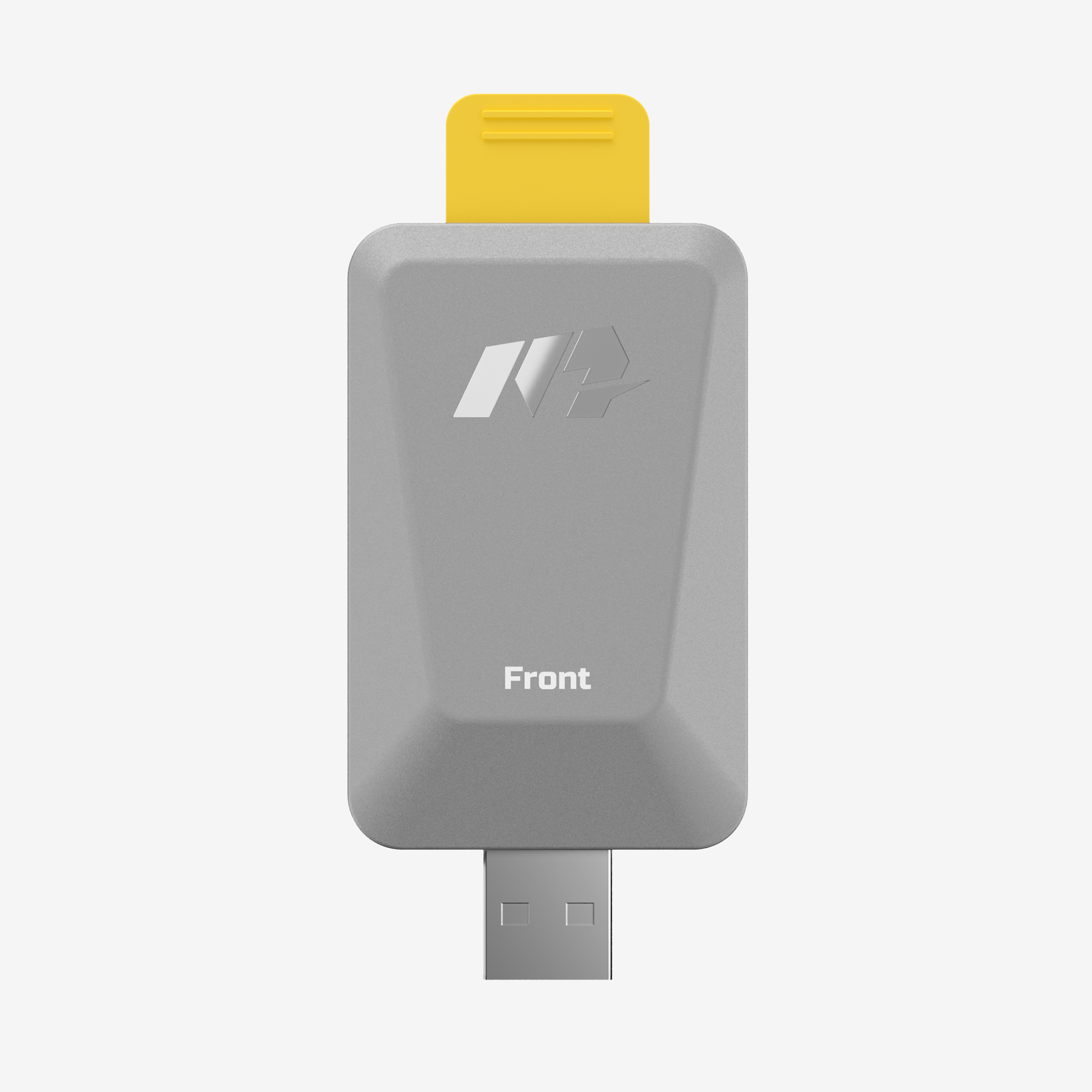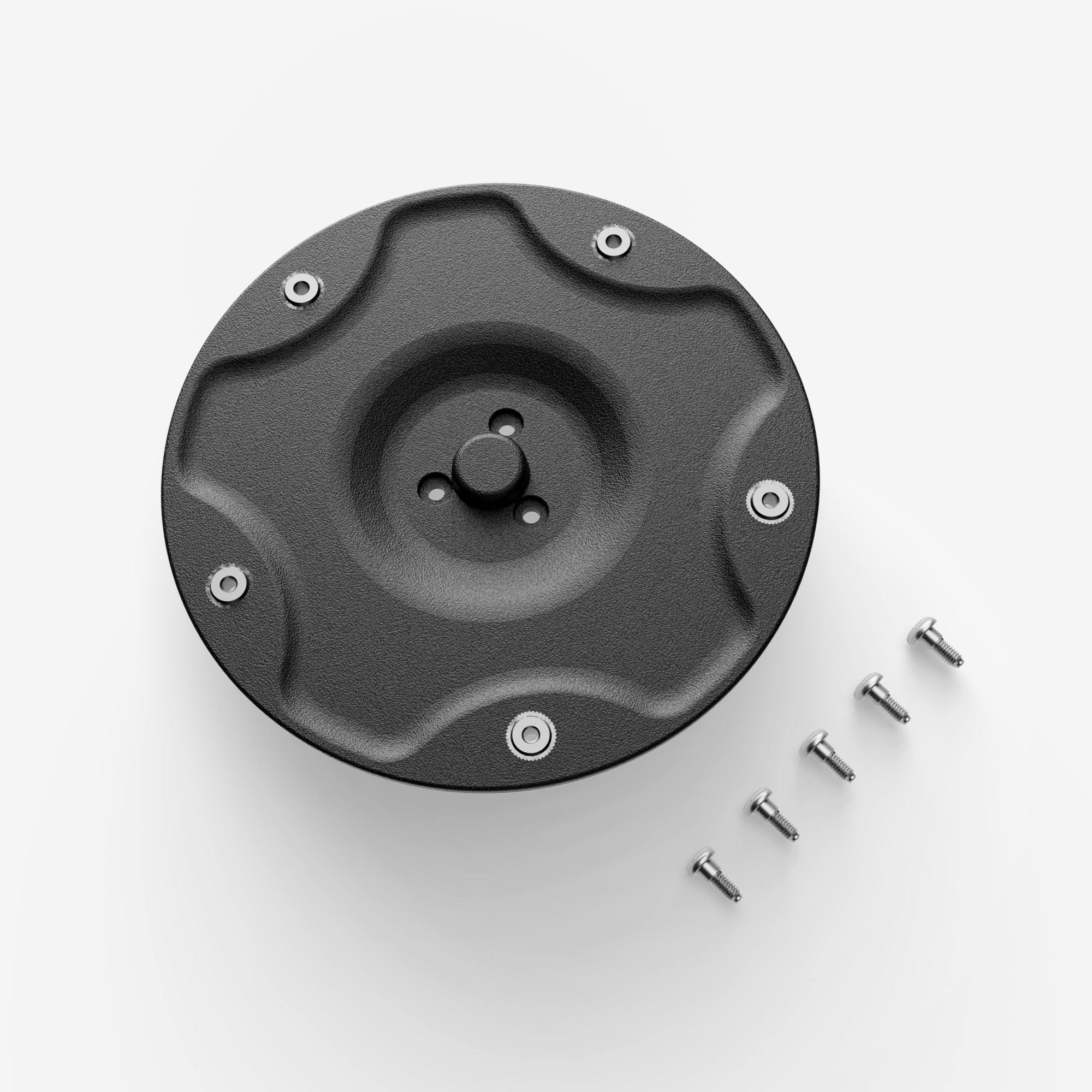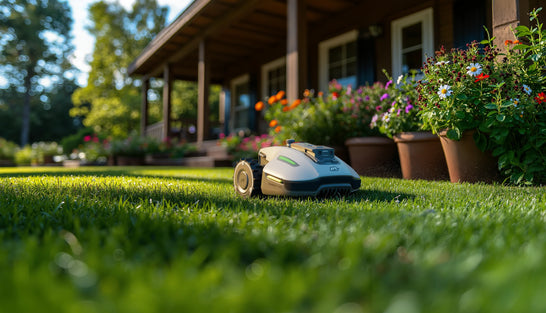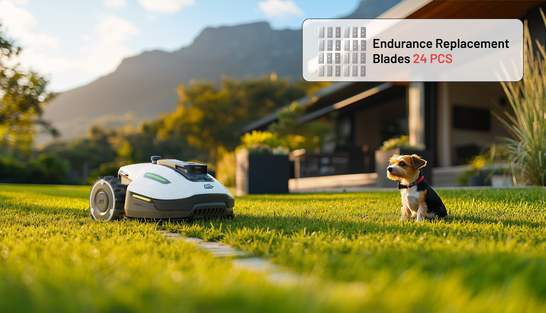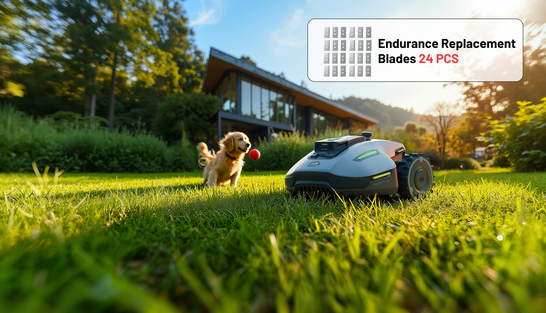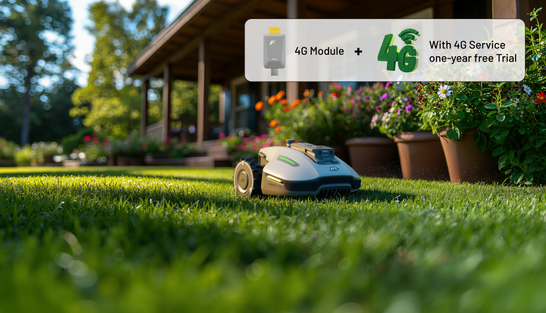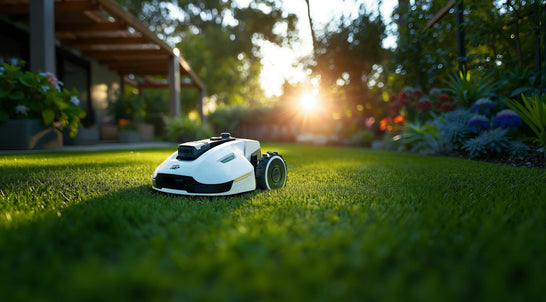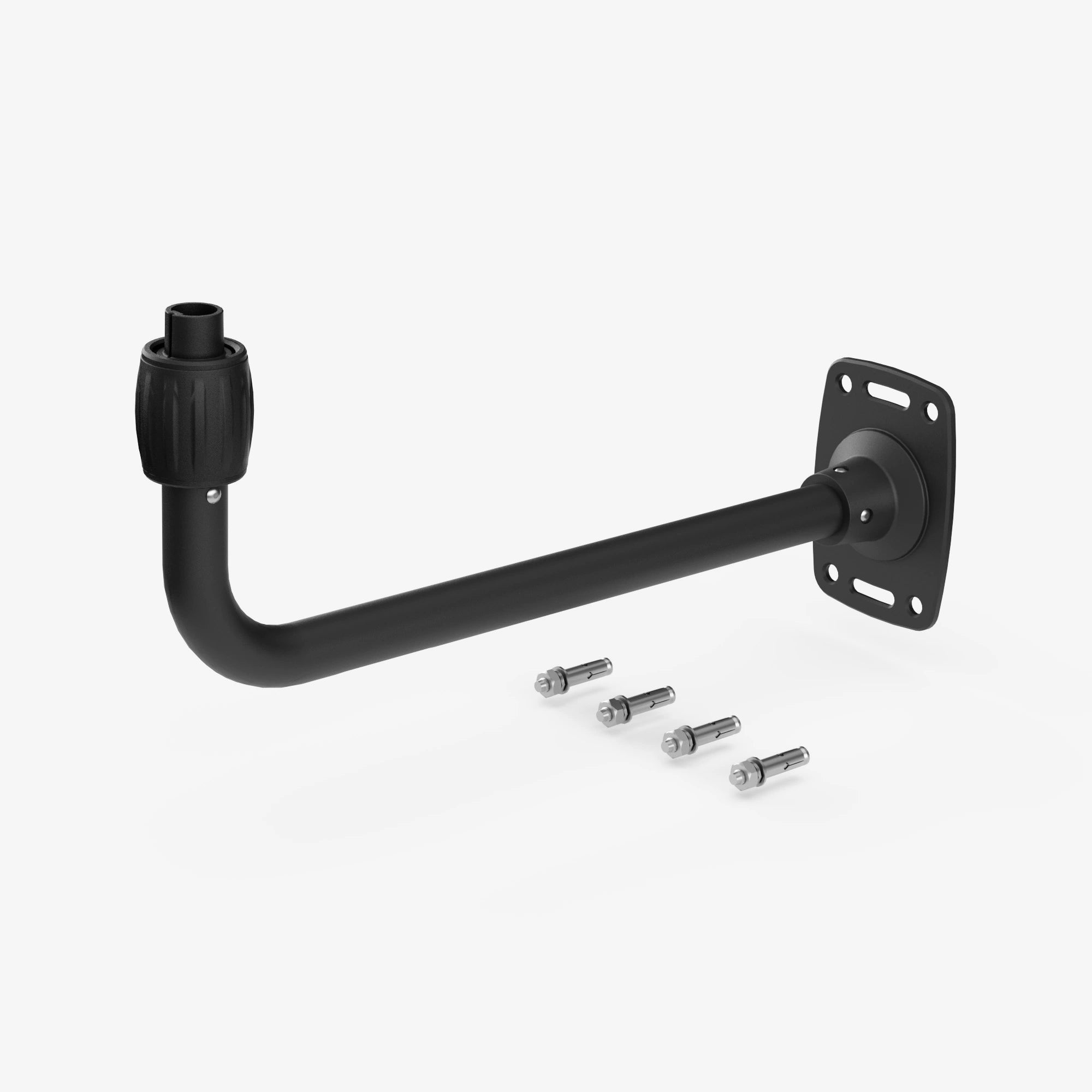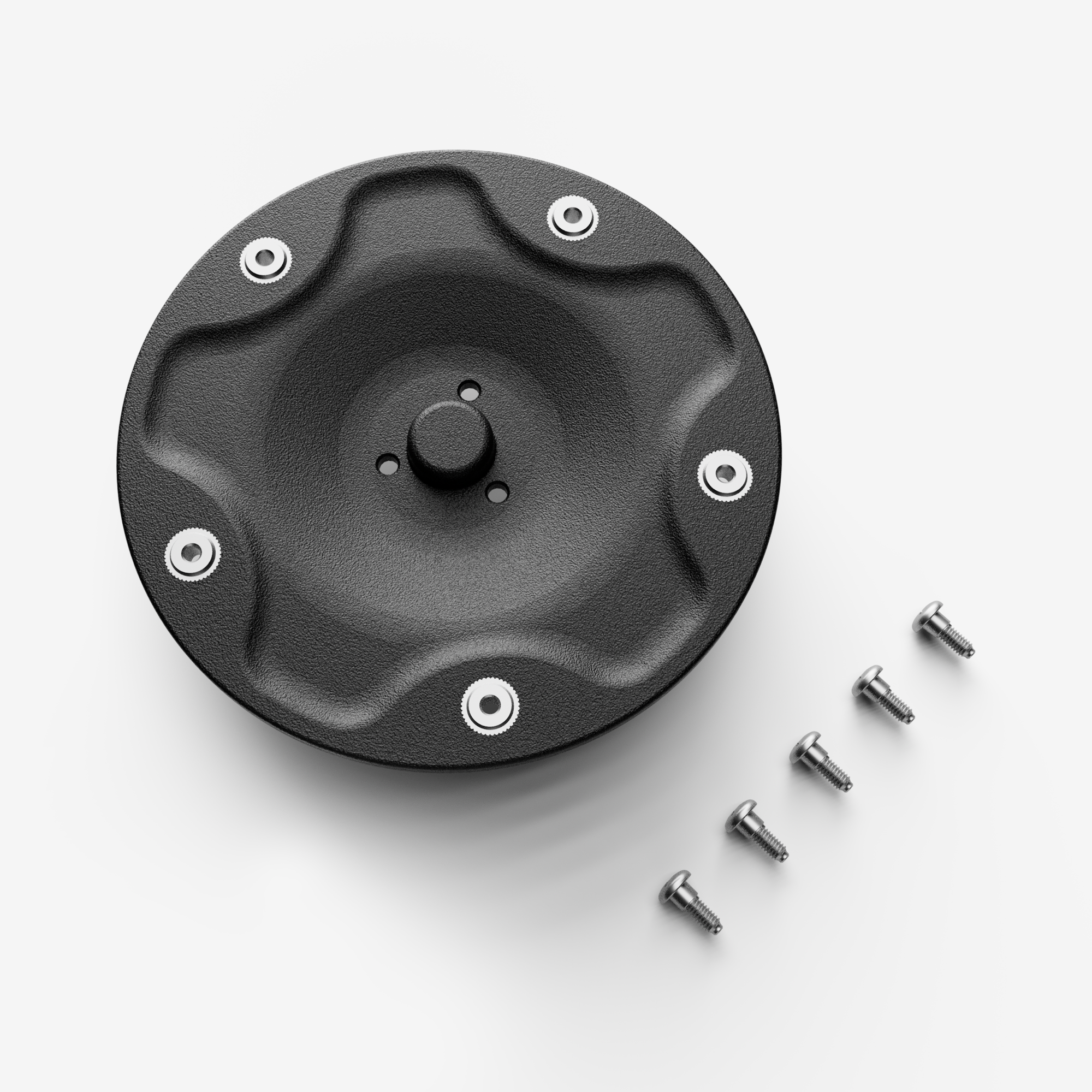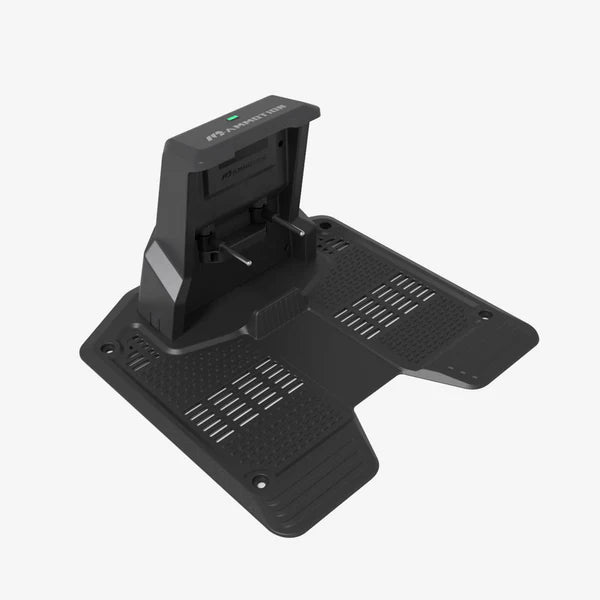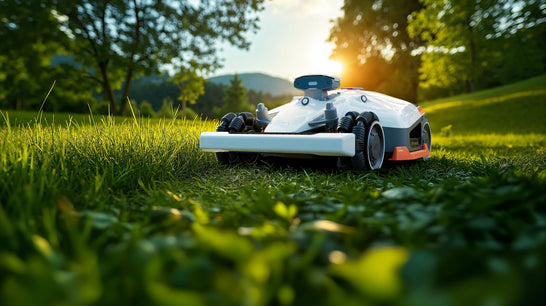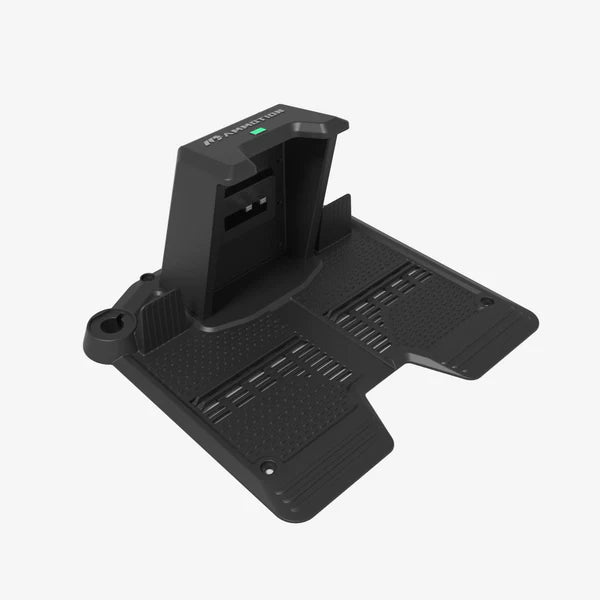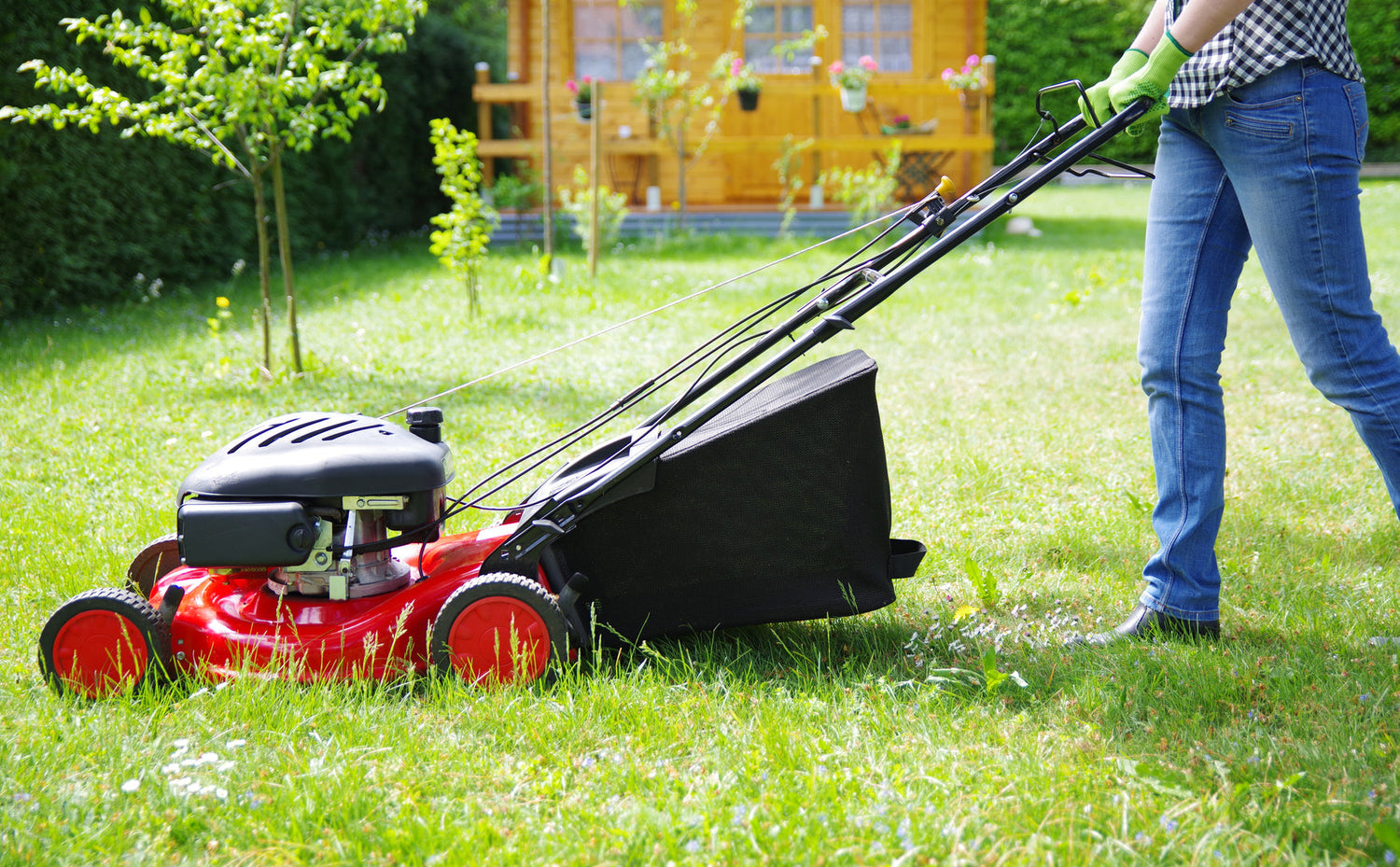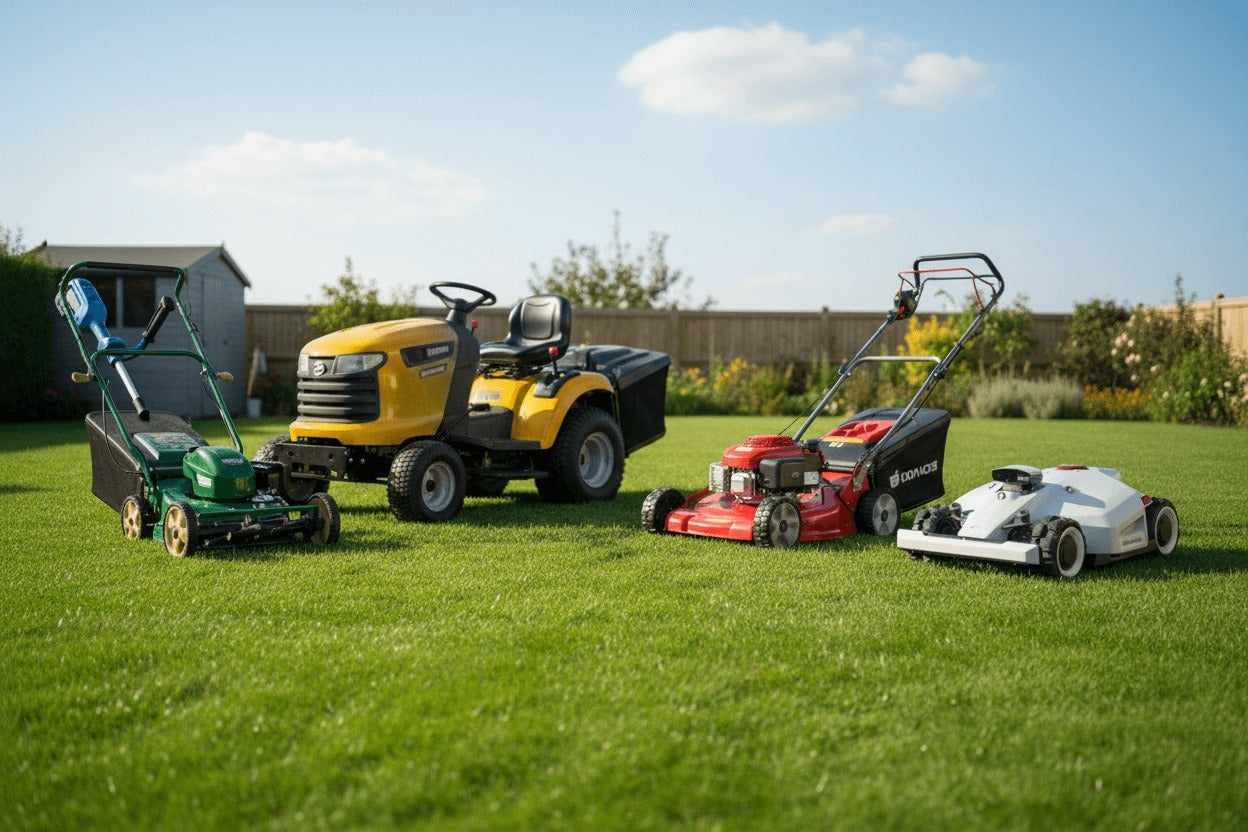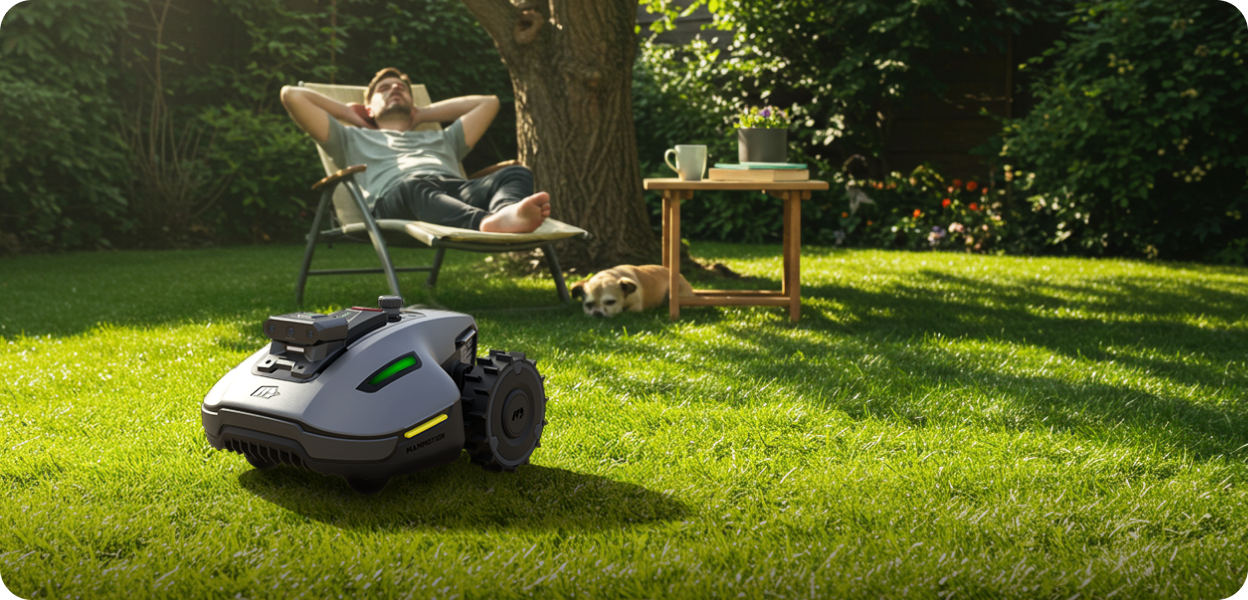Choosing the right lawn mower isn’t just about keeping your grass short—it’s about saving time, reducing effort, and maintaining a healthy lawn year-round. With so many types of mowers available today, from traditional gas-powered machines to smart robotic models, finding the best fit depends on your lawn’s size, terrain, and your personal preferences. In this guide, we’ll break down the pros and cons of each type of lawn mower to help you decide which one truly meets your needs.
Key Factors to Consider Before Choosing a Lawn Mower
Before picking a lawn mower, it’s essential to assess your yard and mowing habits. A mower that works great for a small, flat yard may be totally inefficient—or exhausting—on a large, uneven property. Here are the main factors to help you choose the right type:
1. Lawn Size
Small lawns (under ¼ acre): These are manageable with manual reel mowers or compact electric push mowers. They’re lightweight, eco-friendly, and easy to store. Also, you can consider a robot lawn mower, it will save you all mow time.
Medium lawns (¼–½ acre): A self-propelled mower—either gas-powered or battery-operated—is a smart choice. These mowers reduce physical strain and cover more ground efficiently.
Large lawns (½ acre and up): Consider ride-on mowers or robotic mowers to save time and energy. Robotic options, like the Mammotion LUBA 2 AWD, are especially useful for homeowners who want a hands-free experience and consistent results.
2. Terrain Complexity
Flat yards don’t pose much challenge for any mower type.
Slopes and uneven ground require extra traction and power—AWD self-propelled mowers or all-wheel-drive robotic mowers offer better control and safety on inclines.
3. Power Source Preference
Gas mowers offer strong performance for tougher grass but require more maintenance. Battery-powered mowers are quieter, low-maintenance, and eco-friendly. Corded models are cost-effective but limited by reach.
4. Grass Type and Growth Rate
Thick, fast-growing grass like Bermuda, fescue, or St. Augustine requires frequent mowing and more power. In these cases, gas mowers or powerful cordless models handle resistance better and avoid stalling.
5. Storage Space & Accessibility
Tight on space? Look for foldable electric mowers or compact models with vertical storage. If you don’t have a convenient power outlet outdoors, skip corded electric mowers and choose battery or gas-powered instead. By the way, an advanced robot lawn mower can be your best choice, they are smaller than other types of mowers.
6. Mowing Preferences
Some homeowners enjoy the control and satisfaction of mowing manually, while others prefer automation. If you're in the latter camp, robot mowers—especially AWD models—offer a smart, low-effort way to keep your lawn tidy, especially on challenging terrain.
7. Budget & Maintenance
Gas mowers may have a lower upfront cost but higher long-term upkeep. Battery or robotic mowers often cost more initially but save time and maintenance in the long run.
Overview of Lawn Mower Types
With so many lawn mower types available, choosing the right one can feel overwhelming. Each model—from simple manual reel mowers to advanced robotic systems—caters to different yard sizes, terrains, and user preferences. Understanding the key strengths and limitations of each type can help you narrow down the best fit for your lawn care routine, budget, and lifestyle. Let’s take a closer look at the most common mower types and where they shine.
1. Manual Reel Mowers
Manual reel mowers are the most eco-friendly option—quiet, lightweight, and maintenance-free. They’re perfect for small, flat lawns and users who enjoy a bit of exercise. However, they require significant physical effort and struggle with tall or thick grass. There's no motor involved, so they’re not ideal for uneven terrain or large areas, but it will require more physical effort and time.
2. Corded Electric Mowers
Corded electric mowers are affordable and lightweight, offering unlimited runtime as long as they’re plugged in. They’re great for small to medium lawns, especially in urban or suburban settings. However, their range is limited by the cord length, and managing the cord can be inconvenient, especially around trees or obstacles.
3. Cordless Battery-Powered Mowers
These mowers offer the freedom of cordless operation with the convenience of electric power. They're ideal for medium-sized lawns and quieter than gas models. Many come with push-button start and low maintenance. The downside? Battery life is limited, and users may need a spare battery for larger yards or dense grass.
4. Gas-Powered Mowers
Gas mowers provide superior cutting power and longer runtime, making them ideal for large lawns or tougher grass conditions. They can handle wet grass and thick growth better than electric models. However, they require fuel, regular engine maintenance, and are noisier and less environmentally friendly.
5. Self-Propelled Mowers
These mowers drive themselves forward, reducing user effort—especially on slopes or large yards. Available in gas and battery versions, they’re a great choice for those who want efficiency without switching to a ride-on. However, they’re more expensive than push models and may be heavier.
6. Riding Mowers / Lawn Tractors
Best for very large properties, riding mowers save time and reduce physical labor. Lawn tractors offer attachments for additional yard work, making them a versatile investment. Downsides include high cost, large storage space, and more complex maintenance.
7. Robotic Lawn Mowers
Robot mowers, like the Mammotion LUBA 2 AWD, offer fully automated lawn care with scheduled mowing, quiet operation, and excellent performance on slopes or uneven terrain. They’re ideal for modern homeowners seeking a low-maintenance solution. Though initial costs are higher, the time savings and convenience are unmatched.
Best Mower Type by Lawn Size and User Needs
Choosing the best mower often comes down to two key factors: lawn size and personal preferences. Here’s a quick breakdown to help you match your needs with the right mower type:
|
Lawn Size |
Best Mower Types |
Why It Works |
|
Small (< 1/4 acre) |
Manual Reel, Corded Electric, Robotic |
Quiet, low-maintenance options; perfect for small yards |
|
Medium (1/4 – 1/2 acre) |
Cordless Battery, Self-Propelled, Robotic |
Balanced power and ease of use; less cord hassle |
|
Large (> 1/2 acre) |
Gas-Powered, Riding Mower, Robotic (AWD) |
More powerful for heavy mowing and wide areas |
Based on User Preferences:
- Low Budget & Eco-Friendly: Manual reel mowers are affordable and emission-free.
- Tech-Lovers & Busy Homeowners: Robotic mowers like the Mammotion LUBA 2 AWD automate mowing, handle slopes, and save time.
- Tough Terrain or Hills: Self-propelled or AWD robotic models ensure traction and ease.
- Minimal Effort Required: Riding mowers or robots do most of the work for you.
By aligning mower choice with your yard’s demands and your personal lifestyle, you can mow smarter—not harder.
Final Recommendation: How to Choose the Right Mower for You
When it comes to selecting the ideal lawn mower, there’s no one-size-fits-all answer. The key is to weigh your lawn size, terrain type, personal budget, and preferred level of involvement. For smaller lawns and eco-conscious users, a manual reel or electric mower may be ideal. If you have a medium to large yard and want convenience, cordless or self-propelled options offer a good balance.
For those seeking maximum efficiency with minimal effort—especially on hilly or uneven terrain—robotic mowers like the Mammotion LUBA 2 AWD are a smart, time-saving investment. While the upfront cost may be higher, they provide long-term ease and consistent mowing results.
Take the time to assess your needs and long-term goals, and find the best time to buy a mower. A thoughtful choice now means a healthier lawn—and less hassle—later.
Frequently Asked Questions
1. What size lawn mower do I need for a small yard?
For a small lawn, manual reel mowers or corded electric mowers are perfect. They are lightweight, eco-friendly, and easy to handle in smaller spaces. Corded mowers may have limited reach, but they're cost-effective for small areas. A robotic mower is also a good choice, it will save time and effort.
2. What is the best mower for a large lawn?
For large lawns, a gas-powered mower or riding mower is recommended. These provide the power and cutting width needed to handle expansive areas. For ease, self-propelled mowers and robotic mowers are also good options if you prefer something less physically demanding.
3. How do I choose between a gas and battery-powered mower?
If you have a large yard with thick grass or uneven terrain, a gas-powered mower will offer the most power. However, for a quieter and more eco-friendly option, battery-powered mowers are great for medium-sized lawns, offering more mobility without the hassle of cords.
4. Are robotic mowers worth the investment?
Yes, if you're looking for convenience and automation, robotic mowers like the Mammotion LUBA 2 AWD can save you time and effort. They are perfect for complex lawns or users who prefer a set-it-and-forget-it solution, although they come at a higher price point.
5. What's the best lawn mower for a hilly yard?
A self-propelled mower or robotic mower with AWD capabilities is ideal for hilly lawns. These mowers provide better traction and handling, ensuring a consistent cut even on uneven terrain.
6. How often should I mow my lawn?
It depends on grass type and growth rate, but generally, mowing once a week during peak growing seasons should keep your lawn in top shape. Robot mowers can be programmed for regular schedules to ensure consistent maintenance.
7. Can a riding mower be used for smaller lawns?
While riding mowers are designed for large lawns, they can still be used for smaller areas, though they may be overkill. Consider your space and whether the investment is justified for your yard size.
8. What type of mower is the quietest?
Battery-powered mowers, manual reel mowers, and robot lawn mowers are the quietest options. If noise is a concern, these mowers will keep your lawn care peaceful and disruption-free.

